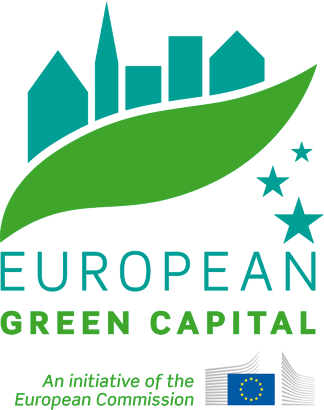Making of the Bristol Whales
Two lifesize whales will be taking up residence in Millennium Square from 17 July – 1 September. This spectacular art installation captures the magnificence of ocean life, and the increasing human threats facing it. Here we capture the construction process in detail from initial design phase to the final art installation.
What are the Bristol Whales?
Designed and built by Bristol-based Cod Steaks, and initiated by Artists Project Earth (APE) and Bristol 2015, The Bristol Whales will see the creation of a temporary art installation on At-Bristol‘s Millennium Square, unveiled to coincide with the Bristol Harbour Festival on 17 July.
The installation has been produced to celebrate Bristol’s year as European Green Capital for 2015 and has been made possible by The Arts Council England.
The lifesize sculpture shows two whales swimming together across Millennium Square in a sea of 70,000 upcycled plastic bottles. You will see the emerging tail of one, and the head and blowhole of the other.
The whales are made of Somerset harvested willow, a natural material which will biodegrade over time.
Musgrove Willows provided the wicker willow for the whales structure
Photo: CodSteaks
Why are they here?
Sue Lipscombe, Managing Director of Cod Steaks, says:
“Whales are intelligent, beautiful, charismatic animals – they’ve become symbols of the world’s oceans.”
“They have a physical strength but they also represent resilience, the potential for recovery, provided we as custodians of the oceans take the right steps to protect them.”
Sue explains that whales embody the beauty and fragility of ocean life, and the plastic bottles represent the increasing human threats facing our oceans.
The sculpture is also intended to spread the message about the detrimental impact of plastics in the ocean.



Today single-use plastics are everywhere. In the UK Britons buy an estimated 13 billion plastic bottles each year, only 25% of which are recycled.
The rest is dumped into landfill, parks, streets, rivers and beaches. It doesn’t decay it just slowly disintegratres.
Tiny fish eat tiny plastic fragments. Bigger fish eat little fish. Humans eat bigger fish. Our plastic waste is now part of a global food chain.
To highlight the increasing problem of plastic pollution in our oceans, both whales will be surrounded by a ‘sea of plastic’ that is formed by thousands of bottles, donated from events around Bristol.
“We’re confident that this sculpture will fuel discussion and debate about plastics in the ocean.” says Sue.

How can you get involved?
Members of the public are invited make a pledge to swap their plastic bottles for reusable ones.
From the 17 July – 1 September, when you visit At-Bristol’s Millennium Square between 10am and 3pm, you can submit a virtual message in a bottle to appear on the At Bristol Big Screen.
Just look out for the Bristol Whales volunteers to do this who will guide you through the process.
For more information about the making of the whales, visit Cod Steaks’ Tumblr, where along with pictures documenting the process, you can also watch two drone videos with ariel views of the whales’ construction.
How to get there

From M4/M5(N) – Follow the M32 tot he end and follow the city centre signs, then follow signs for the A4 to Anchor Road (or Avonmouth).
From M5(S) – Exit at Jct 18 and follow the A4 to the city centre, then follow signs for At-Bristol.
By train:
The closest train station is Bristol Temple Meads. From there, At-Bristol is a 20 minute walk, a 5 minute taxi ride or a 10 minute bus ride (the 8 or 9 bus to the city centre and then a 5 minute walk along the waterfront).
Alternative transportation:
You can also cycle or get any other to the centre or Anchor Road. There’s also a ferry line that connects Bristol Temple Meads with the city centre.







